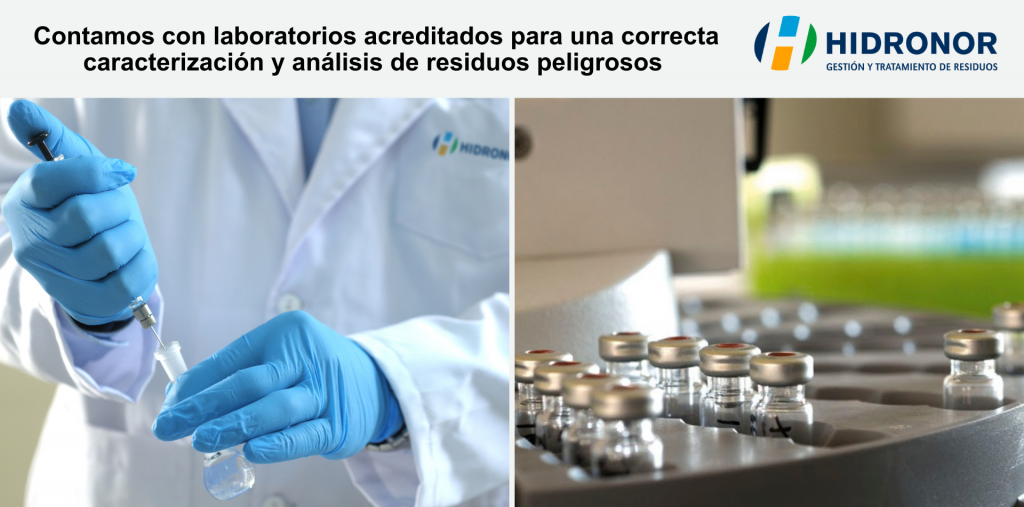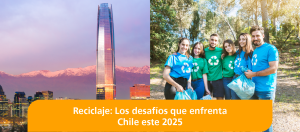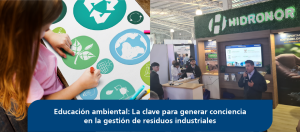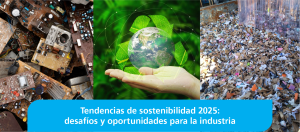
A large percentage of companies in Chile, regardless of the area they operate in, generate hazardous waste that by regulation of the Ministry of Health (DS 148) must be disposed of or treated correctly in order to impact the environment as least as possible.
This decree establishes the minimum health and safety conditions to which the generation, possession, storage, transportation, treatment, reuse, recycling, final disposal and other forms of disposal of hazardous waste must be submitted, dictating the guidelines that each company must comply with to act responsibly and in accordance with the provisions of the law.
In order to correctly meet this requirement, companies with great expertise and the necessary accreditations must be used to ensure process reliability and quality, and one of the most complete alternatives in the market are Hidronor’s laboratories in terms of technical capacity and the know-how for which we have international accreditation under the know-how are the Hidronor laboratories, in which we have international accreditation under the ISO 17025 standard issued by the Center of Experts in Environmental Analysis of Quebec, CEAEQ, Canada.
Juan Ramírez, Corporate Head of Hidronor Chile Laboratories, emphasizes: "at Hidronor we have three laboratories located in the northern, central and southern part of the country, and five types of waste characterization services", which are:
- Hazard determination: Based on EPA (United States Environmental Protection Agency) standards, at Hidronor we determine the hazardousness of waste, such as: corrosiveness; pH measurement and corrosion rate; reactivity tests; measurement of hydrocyanic acid and hydrogen sulfide; extrinsic toxicity via the toxicity characteristic leaching procedure (TCLP); determination of flammability; determination of flash point in liquids, according to Pensky Martens closed cup tests, and flammability of solids present in waste according to the current legislation (DS148), among others.
- Heavy metal analysis in RILes and RISes, which we carry out applying the methodology of X-ray fluorescence spectroscopy and inductively coupled plasma optical emission spectroscopy for the quantification of heavy metals.
- Characterization of alternative fuels: The used oils and residues that arrive at our plants and have caloric power characteristics are analyzed with calorimetry equipment, and, if they meet the conditions required by the industry (percentage of water, flash point and metals by XRF), they are valued and sold as alternative fuel to cement companies, among others.
- Determination of PCBs: We rely on the required Certification to determine Polychlorinated Biphenyl compounds (PCBs) by gas chromatography with an Electron Capture Detector GC-ECD. PCBs are characterized by being very harmful to living organisms due to their high toxicity and therefore must be exported to Europe for their proper disposal (a service we offer at Hidronor).
- Analysis of organic compounds using the GC-MS analytical technique, determining the volatile and semi-volatile organic compounds, such as solvents, pesticides, herbicides, among others that residue may contain in order to determine alternative treatments and/or final disposal for each one of them.
“Thanks to this wide coverage of analysis and characterization of waste, in addition to the team of experts we rely on, at Hidronor we have become a strategic environmental partner for companies with the aim of working together to contribute to environmental sustainability, reducing the environmental impact with the treatment and correct disposal of hazardous waste”, concludes Ramírez.







